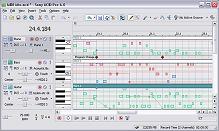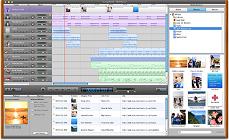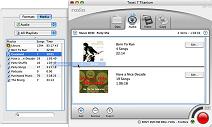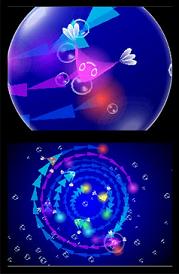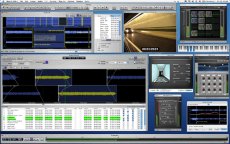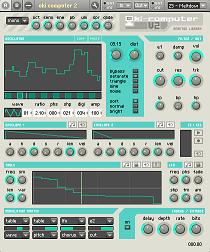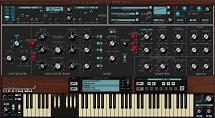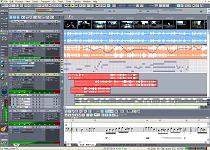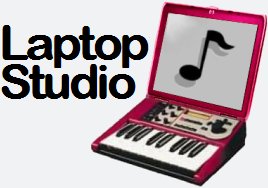Peak Pro 5 XT is a software bundle including the Peak Pro 5 audio editor and a suite of mastering effects and noise-reduction and audio-restoration application. MacWorld give it a very good review, praising both the Peak Pro application itself as well as the extras.
They say that Peak Pro 5 is still unmatched for detailed editing of individual files. New features like the Region Split functions and Snap To options give more control when slicing and dicing sounds, and they really like the new high-resolution, tape-style scrubbing. This is great for playing with and making silly noises, just like you used to do with your brother’s tape deck when you were 8. (It’s also useful for finding edit points.)
Another feature that raises this above the competition is that it’s the only Mac waveform editor that supports both VST and Audio Unit plug-ins. To go with this, Peak Pro 5 XT includes a whole lot of plugins, notably SoundSoap 2 and SoundSoap Pro, for audio restoration, EQ, compression, noise reduction and so on. The reviewer likes the thoughtful touches on these, especially the compare buttons which make it easy to compare different setting of the plugins to find the best one. The tools even look beautiful as well as sound good.
Pek Pro 5’s CD mastering and authoring function also rate highly. the playlist editor lets you set up crossfades between tracks, and the “excellent” sample rate conversion makes sue that your tracks still sound great when burned to CD (assuming they sounded great in the first place, of course). And for working with a lot of audio, Peak Pro 5’s batch-processing feature rates as “a terrific tool for managing lots of audio files.”
The final score is a very good 4.5 mice (out of five). They call this package “an irreplaceable timesaver” and conclude that “when it comes to day-to-day work with stereo files, you’ll have a hard time finding a better tool than Peak Pro XT 5.”



